The Laghusiddhantakaumudi of Varadaraja: Volume 2: A Primer of Panini’s Grammar
₹1,695.00
In stock
Too Good to Resist Sale is Live BUY AND SAVE NOW
The present volume, which is the second of the three-volume-series, expounds 391 sutras of the Laghusiddhantakaumudi that explain the conjugational process of verbal roots and related grammatical principles. When the verbal terminations, that is tin-affixes which are replacements for the abstract affix are introduced, the conjugational process is set in motion. This process is more complex than the declensional process of nominal stems. This is the reason why the exposition o the conjugation of verbal stems requires a more detailed analysis for the sake of comprehensibility and clarity. The verbal roots after which the verbal terminations are added are listed in the dhatupatha and arranged in ten groups known as ganas. There are about 1944 verbal roots out of which 226 have been treated in the present work, besides the five sautra roots. The second kind of verbal roots, after which the verbal endings are introduced, are those which are derived with the introduction of the following twelve affixes: san, kyac, kamyac, kyan, kyas, kvip, nic, yan, yak, aya, iyan and nin. The latter kind of derived verbal roots are assigned the dhatu-designation by sanadyanta dhatavah (467). The personal verbal terminations which are used after both kinds of verbal stems are prescribed in the governing domain of dhatoh. They are divided into two mutually exclusive categories: sarvadhatuka and ardhadhatuka. The derivational journey of a verbal root starts with the introduction of the abstract affix and ends with the finished verbal form fit to be used in an actual utterance. As such, the significance of the conjugational analysis can be inferred from the important role that a finished verbal form plays in a sentence. The transformations, which a verbal stem under goes till it reaches the finished form with which it is actually used in a speech condition, are so varied and sometimes so drastic that the original form of the verbal root becomes difficult to identify. That is why it is of prime importance to have a sound knowledge of the conjugational derivation of a verbal root, which is the subject-matter of the present volume.
Review(s)
About the Author(s)
Kanshi Ram taught Sanskrit at Hans Raj College, University of Delhi for 36 years and retired as Associate Professor in 2007. Besides contributing several research papers on different aspects of Indian Philosophy, he has published the following works: Integral Non-dualism: A Critical Exposition of Vijnanabhiksu’s system of Philosophy (MLBD, 1995), Unadisutras in the Sanskrit Grammatical Tradition (Shivalik Prakashan, 2001), the annotated Hindi translation of Tarkasangraha with the Trakasangrahadipika of Annambhatta (MLBD, 2007) and a detailed three-volume commentary in English on the Laghusiddhantakaumudi of Varadaraja (MLBD, 2010-12). The Indian council of Philosophical Research recommended his name to translate the Nyayaratnadipavali of Anandanubhava. He started working on the present project “An annotated translation of Nyayaratnadipavali of Anandanubhava” in 2009 and finally submitted the manuscript to the Indian Council of Philosophical Research in December, 2013.
Additional information
| Weight | 0.5 kg |
|---|---|
| Dimensions | 10 × 11 × 12 cm |
| Book Author | Kanshi Ram, Mithilesh Chaturvedi |
You must be logged in to post a review.
-
₹445.00
-
₹100.00
-
₹100.00
-
₹295.00
-
₹695.00


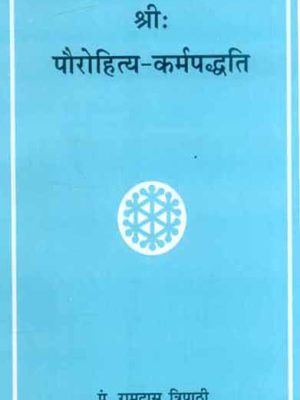
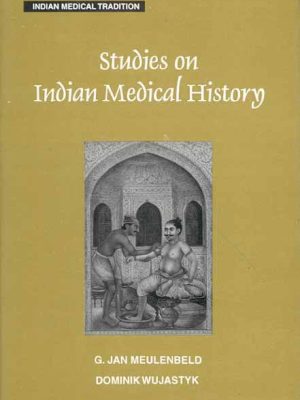
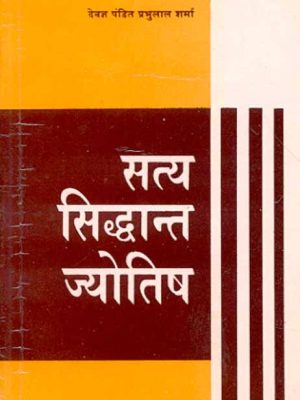
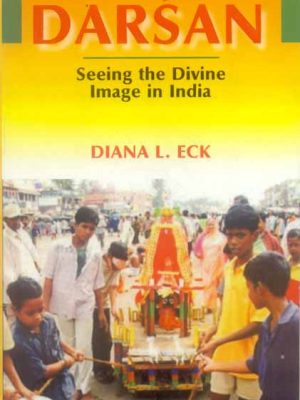
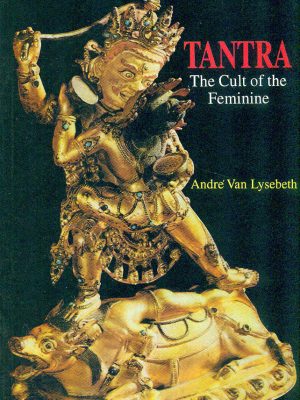



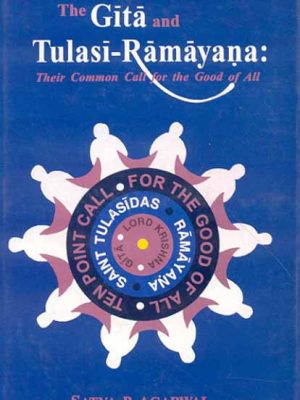


Reviews
There are no reviews yet.